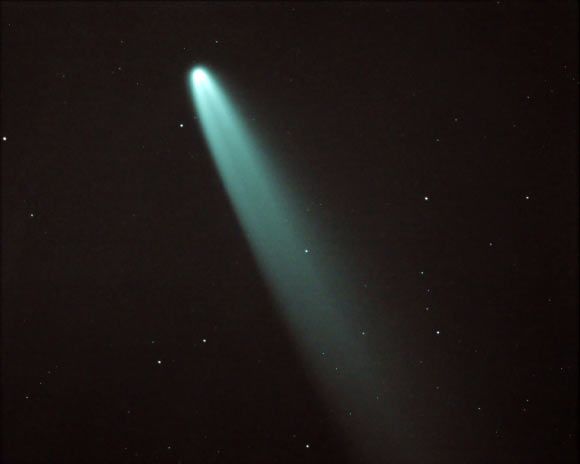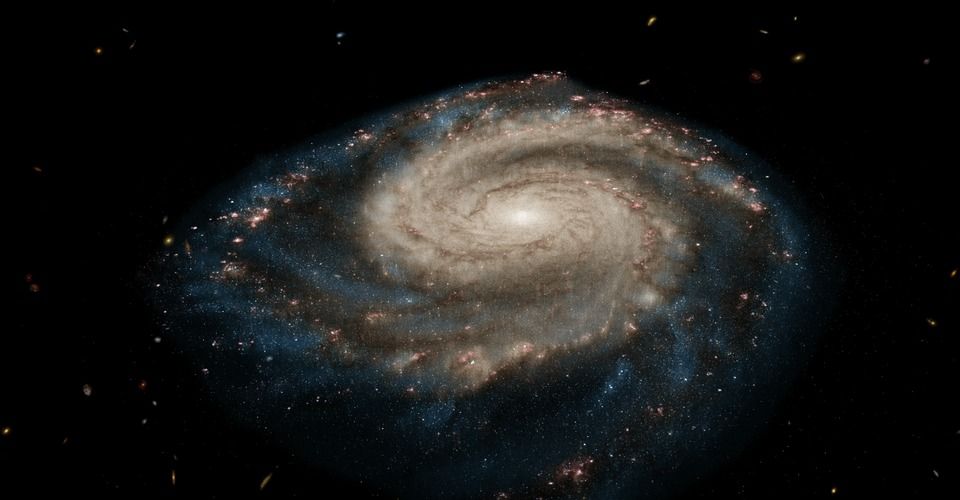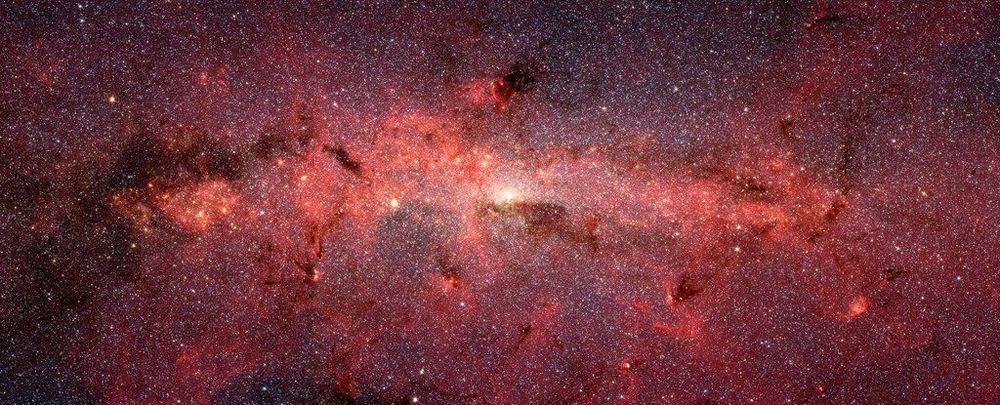Circa 2016
“In 2050 there will be trillions of self-replicating robot factories on the asteroid belt,” he tells the audience at WIRED2016.
“A few million years later, AI will colonise the galaxy. Humans are not going to play a big role there, but that’s ok. We should be proud of being part of a grand process that transcends humankind more than the industrial revolution. It is comparable to the invention of life itself, and I am privileged to live this moment and witness the beginnings of this.” — Jürgen Schmidhuber




